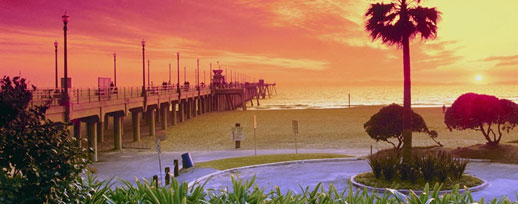
Luang Prabang is an outstanding example of the fusion of traditional architecture
Luang Prabang is an outstanding example of the fusion of traditional architecture and Lao urban structures with those built by the European colonial authorities in the 19th and 20th centuries. Its unique, remarkably well-preserved townscape illustrates a key stage in the blending of these two distinct cultural traditions. Most people like in their Laos tour .

Transportation
Luang Prabang is served by Luang Prabang International Airport with non-stop flights to adjoining countries.
Luang Prabang is linked by Route 13 with Vang Vieng and Vientiane, and by Route 1 with Muang Xay. Route 13 also connects the city to Cambodia.
The road from Huay Xai to Luang Prabang is poorly maintained, remote, unlit, unmarked and extremely dangerous for the unfamiliar, particularly in the wet season. Buses regularly travel the route in 14–16 hours.
Route 13 from Vientiane, passing Vang Vieng, to Luang Prabang is paved, though the pavement is in poor condition at places. It is also relatively narrow, with sharp curves. There are no markings or lighting on the road. Several daily buses run from Vientiane to Luang Prabang, taking 9–11 hours.
The Mekong River itself is also an important transportation link. At Chiang Khong it is possible to hire a barge to cross the river. A trip from Huay Xai, just across the river from the Thai border, costs 20 baht on a boat. Luang Prabang can be reached by slow boat in two days, typically with a stop at Pakbeng.